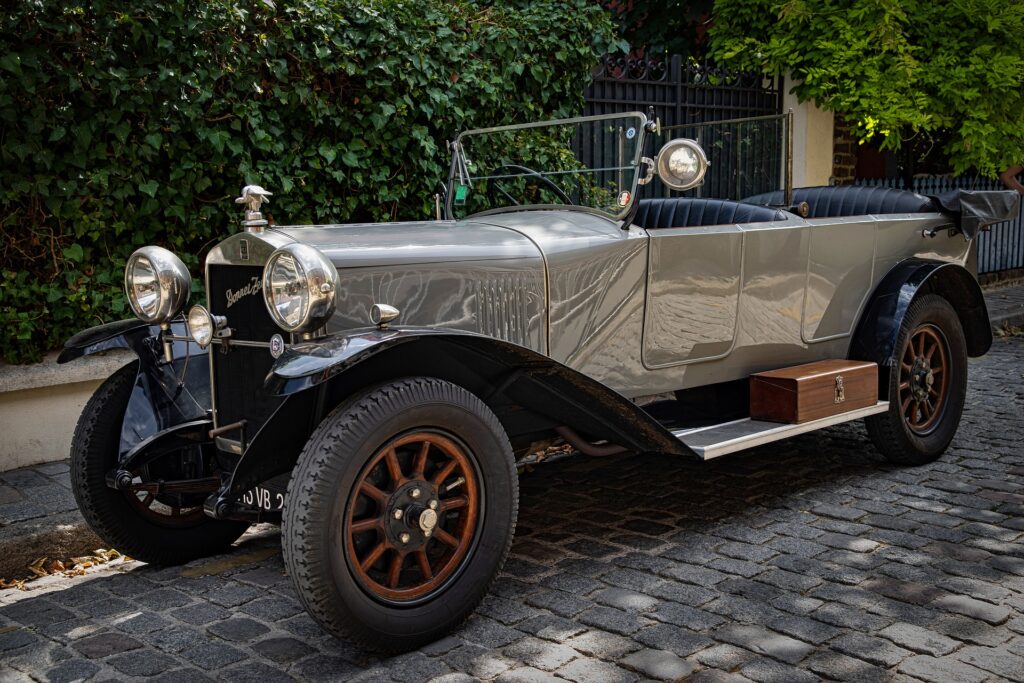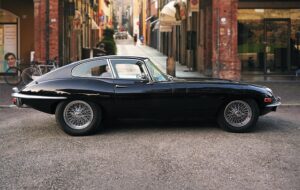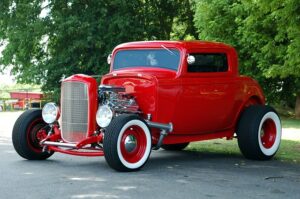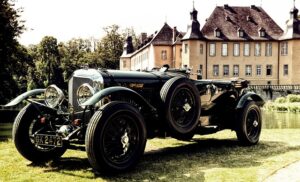Introduction
Carburetors are an essential component of motorcycles that play a crucial role in the combustion process. They are responsible for mixing air and fuel in the correct proportions to create a combustible mixture that powers the engine. Understanding how a carburetor works is fundamental for motorcycle enthusiasts and mechanics alike. In this article, we will delve into the inner workings of a motorcycle carburetor, exploring its various components and functions.
Main Components of a Motorcycle Carburetor
A motorcycle carburetor consists of several key components that work together to regulate the air-fuel mixture. Let’s take a closer look at each of these components:
Air Intake: The air intake is the starting point of the carburetor. It allows air to enter the system, where it will mix with fuel. The air intake is typically equipped with an air filter to prevent dust and debris from entering the carburetor.
Throttle Valve: The throttle valve, also known as the butterfly valve, controls the amount of air entering the carburetor. When the rider twists the throttle, the throttle valve opens, allowing more air to pass through.
Fuel Bowl: The fuel bowl is a reservoir that holds the fuel before it is mixed with air. It is located at the bottom of the carburetor and is equipped with a float that regulates the fuel level.
Main Jet: The main jet is responsible for delivering fuel to the combustion chamber. Its size determines the amount of fuel that is mixed with the incoming air. Different motorcycles may require different main jet sizes to optimize performance.
Idle Jet: The idle jet controls the fuel flow when the motorcycle is idling. It ensures a smooth and stable idle speed by providing the engine with the right amount of fuel.
Mixture Screw: The mixture screw allows fine-tuning of the air-fuel mixture. By adjusting the mixture screw, the rider or mechanic can optimize the carburetor’s performance based on factors such as altitude and temperature.
How Does a Motorcycle Carburetor Work?
Now that we have a basic understanding of the main components, let’s explore how a motorcycle carburetor works:
1. Air Intake: As the rider twists the throttle, the throttle valve opens, allowing air to enter the carburetor through the air intake.
2. Fuel Delivery: Fuel is drawn from the fuel bowl by the vacuum created by the intake stroke of the engine. The fuel is then mixed with the incoming air to create a combustible mixture.
3. Mixing: The fuel and air mixture passes through the main jet, which regulates the amount of fuel entering the carburetor. The idle jet also contributes to the mixture when the motorcycle is idling.
4. Atomization: The mixture is then atomized, breaking it into tiny particles for better combustion. This process occurs as the mixture passes through the venturi, a narrow section in the carburetor that increases the air velocity.
5. Combustion: The atomized mixture is then delivered to the combustion chamber through the intake manifold. There, it is ignited by the spark plug, resulting in the power stroke that drives the motorcycle forward.
Conclusion
In conclusion, a motorcycle carburetor plays a vital role in regulating the air-fuel mixture required for combustion. Its components work together to ensure the engine receives the correct fuel-to-air ratio at different throttle positions and engine speeds. By understanding the inner workings of a carburetor, riders and mechanics can optimize performance, improve fuel efficiency, and troubleshoot any issues that may arise.
References
– motorcycle.com
– motorcyclistonline.com
– cycleworld.com













